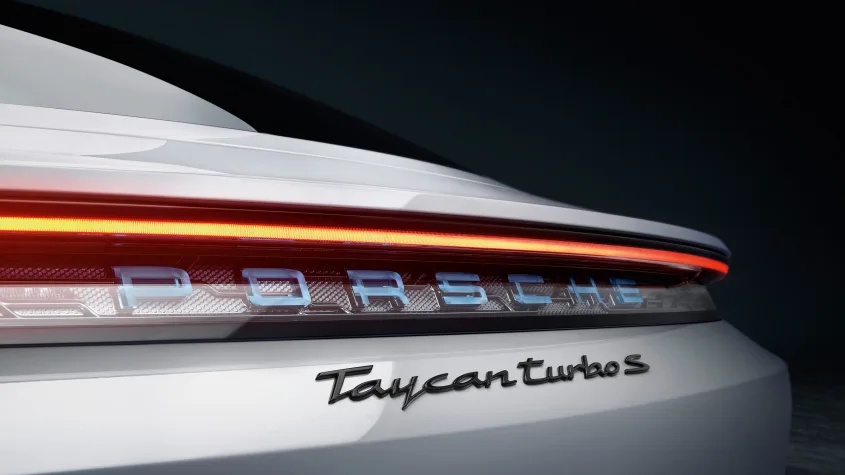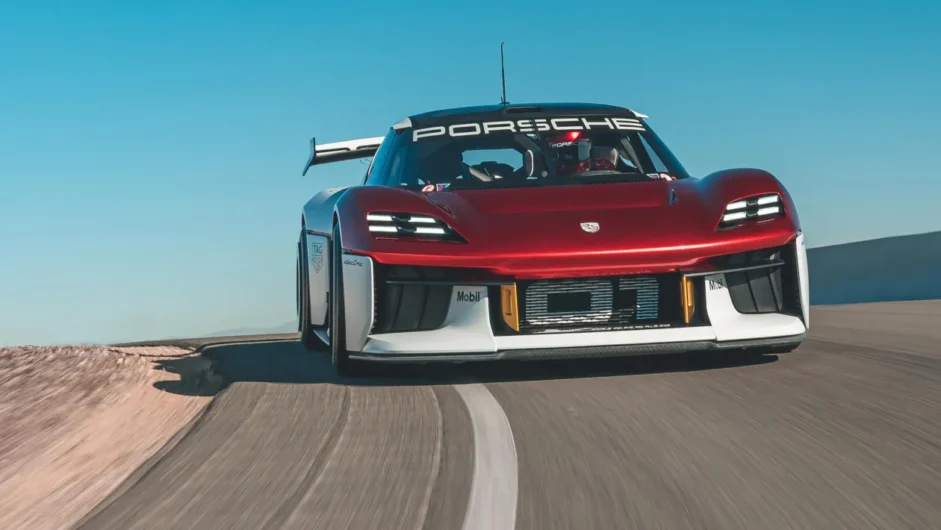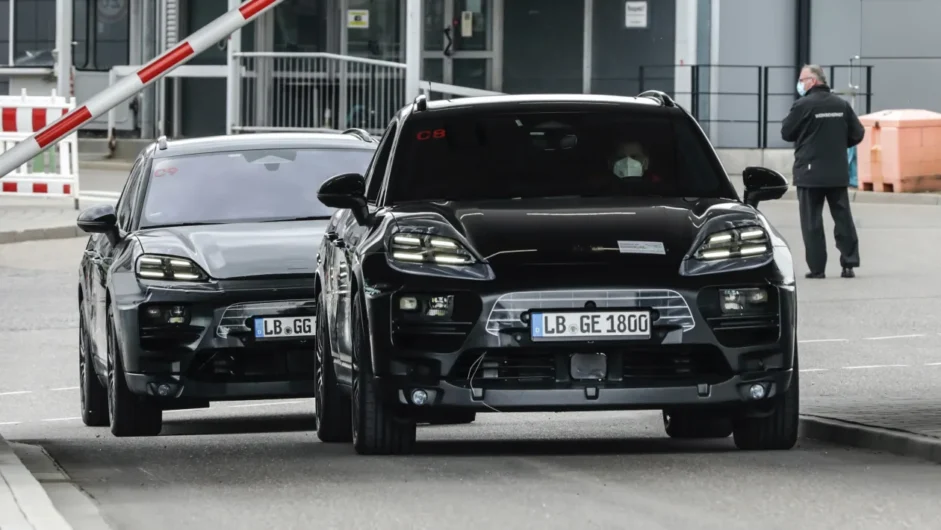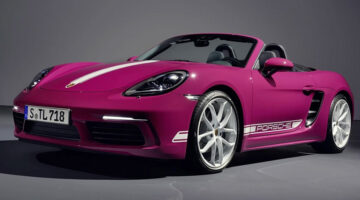Porsche’s aiming for 80 percent of sales to be full EV by 2025, and it’ll take the lead on a new sports EV platform

Porsche’s electric future is starting to take shape thanks to new insights into its product plans revealed as part of its Capital Markets day presentation. The roadmap is largely based around converting most of Porsche’s existing portfolio to electric, while adding a seventh model line that will take the form of a large luxury SUV. Porsche is targeting 80 percent of its sales to be EV by 2030, and hopes to function with a carbon neutral supply chain by the same year.
Buoyed on by the success of the Taycan, which now outsells the 911, Porsche has begun development of a new flagship electric SUV, codenamed ‘K1’, that will sit above the Cayenne in the range. The model will be sportier than the Cayenne, and sit on a new SSP Sport architecture, a derivative of the standard SSP platform that will be utilised by Audi, Volkswagen and Bentley.
The SSP Sport architecture will incorporate next generation technology that’s being developed within the VW Group’s Artemis program, but will forge ahead with its own bespoke elements, giving Porsche more flexibility to focus on the aspects it wants to. This will affect the platform’s development on both the hardware and software fronts, and facilitate Porsche’s own future battery technology, new-age oil-cooled electric motors and 900V electrical architectures. Some elements of these new technologies have already been seen on Porsche concept cars like the Mission R revealed at last year’s Munich IAA motor show.

Porsche’s future all-electric Panamera and second generation Taycan will share this SSP Sport platform, but those models are not expected to arrive until much later into the decade. Until then, the current Taycan will remain on its J1 platform – one that was more experimental and designed less for future adaption into more models – while the Panamera will keep its combustion MSB platform.
Porsche has also confirmed that its all-electric 718 sports car is on track for a launch in 2025, around the same time as EV sports car rivals from Alpine and Lotus, but the 911 will remain combustion-powered in large part, with a new hybrid model confirmed to be coming in the next two years.
The new electric Macan that’s now being spotted in its late-stages of development, won’t pick up this new architecture, but will instead share the PPE platform being developed by Audi. Yet due to delays derived from the VW Group’s troubled CARIAD specialist automotive software development offshoot, the new EV Macan’s market introduction is expected to be delayed, something that’s also affecting Audi’s incoming Q6 and A6 e-Tron models. The next Cayenne will also go electric, and share this PPE platform.

To offset the EV Panamera and Cayenne’s distant releases, their current combustion-powered forms are both due very heavy updates in the near future, ones that will see most, if not all, of their exterior body panels replaced without fundamentally changing their chassis or structure. These will extend the life cycle of the current models in a similar fashion to the 718 and Macan, but give them substantial updates to remain fresh going into the second half of this decade.
If you’re worried about where this leaves Porsche’s GT models, this is where its investments in eFuels come in. With these models being of utmost importance for both the brand, and its profit margins, Porsche is already beginning to prepare for a new ecosystem that will place combustion cars in the minority. As well as creating a consistent and solid supply for Porsche’s racing programs, experience centres and customers, its carbon-neutral production and burn also shouldn’t affect Porsche’s net zero carbon emissions targets.
This article originally appeared at evo.co.uk
Copyright © evo UK, Autovia Publishing



